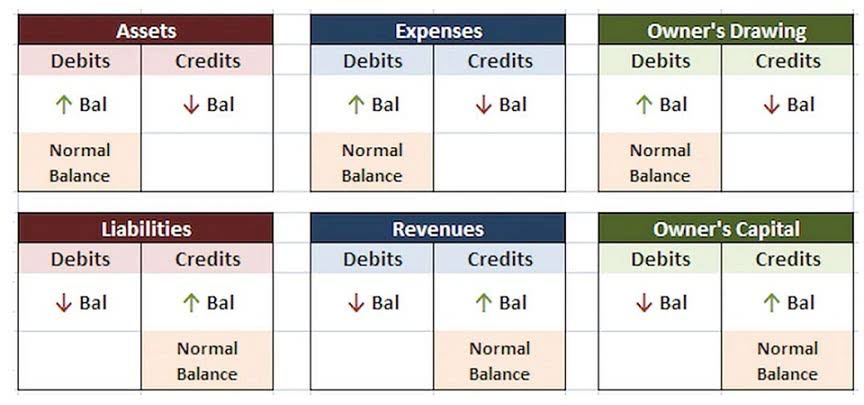
This may involve setting credit limits, reviewing credit terms, and adjusting them based on a customer’s payment history and financial stability. Suppose that Ingrid estimates that on average 3% of trade receivables will prove to be uncollectible. This means that if Ingrid’s trade receivables as at 31 December 20X0 totalled $541,800 then she can expect to write off about $16,254 of this in 20X1. However, if your average or net trade receivables are increasing, you need to look at several different things including who you’re extending credit to and the credit processes that are currently in place.

A lower DSO is preferable, as the faster an invoice is paid, the sooner the seller can make use of cash. Deskera comes with an entire Sell dashboard dedicated to managing your trade receivables, where you can keep tabs on every detail of your issued invoices. Through this dashboard, you can also set up recurring invoices, request advance deposits, send late payment reminders, and include any extra fees & expenses. Trade receivables are the sum of money your customers owe you for buying goods and services on credit. These amounts are a significant component to maintaining your business’ good financial health and profitability.
Risk of Bad Debts
Current assets are short term assets which are expected to be converted to cash in the coming year. Trade receivables fit into this category because most companies use standard invoice payment terms of between 30 and 90 days. That means businesses can expect to receive the payments their trade receivables represent within a short time frame. Trade receivables, also known as accounts receivable, represent the money your business is owed by customers to whom you’ve sold products or provided services. Trade receivables are considered a current asset and are listed as such on your balance sheet, as they’re expected to be paid in less than a year.

All such information is provided solely for convenience purposes only and all users thereof should be guided accordingly. 11 Financial may only transact business in those states in which it is registered, or qualifies for an exemption or exclusion from registration requirements. Amortization allows a company to take that portion of an uncollectible account that is deemed to be impaired and account for it as though it were a sale of goods or services. In the event that a receivable from an officer or stockholder is written off, full disclosure should be provided of the significant facts because of the related-party situation. Effectively, the transaction is accounted for as if the officer received $18,838 as outright compensation and loaned $81,162 at 11%.
Trade Receivables: Process, Components & Impact on Cash Flow
Our mobile apps empower you to manage your assets anytime, anywhere, ensuring flexibility and convenience in your asset management endeavors. In highly competitive markets, the ability to provide favorable credit terms can serve as a key differentiator. It not only attracts new customers but also positions the company as more accommodating and customer-focused than its competitors. Differentiate credit terms based on the financial capacity and history of each customer.
- Accounts payable refers to the total amount of money a business owes to its suppliers for goods or services delivered.
- Let’s imagine that Manfredi ordered materials from Ingrid on 16 March 20X0.
- Identify areas for improvement, adjust policies as needed, and stay informed about changes in the financial health of customers.
- It is a current asset that measures a company’s liquidity or ability to cover short-term obligations without additional cash flows.
- In the event that a receivable from an officer or stockholder is written off, full disclosure should be provided of the significant facts because of the related-party situation.
- Companies might also sell this outstanding debt to a third party—known as accounts receivable discounted or as AR factoring.
Let us now assume that the financial year end for Ingrid is 31 December 20X0. The irrecoverable debt arising from the sale to Manfredi has been recognised in the same year in which the sale was made. Ingrid may feel that it would be prudent to make an additional charge for irrecoverable debts based on the total of trade receivables as at the end of the year. This includes running an accounts receivable aging report that provides detailed information on both current receivables and your total receivables, which includes any overdue accounts.
Accounts Receivable
Non-trade receivables are also assets, but as the name suggests, it doesn’t arise from the sale of goods or services. For example, insurance payouts or tax rebates on a balance sheet will fall under non-trade receivables until they are converted to cash. Nontrade receivables are also classified as current assets; however, they can be moved into noncurrent assets if payment is expected to take more than a year. The period that trade receivables are paid is usually less than a one-year period, which is why trade receivables are also considered as current assets – they’re liquid and easily convertible into cash.
- In the UK, standard payment terms are around 30 days from the date that the invoice was raised, also referred to as net 30.
- For example, insurance payouts or tax rebates on a balance sheet will fall under non-trade receivables until they are converted to cash.
- Educate customers about the importance of adhering to payment terms and the impact it has on their relationship with the company.
- Mostly this analysis is considered in terms of evaluating the context of turnover.